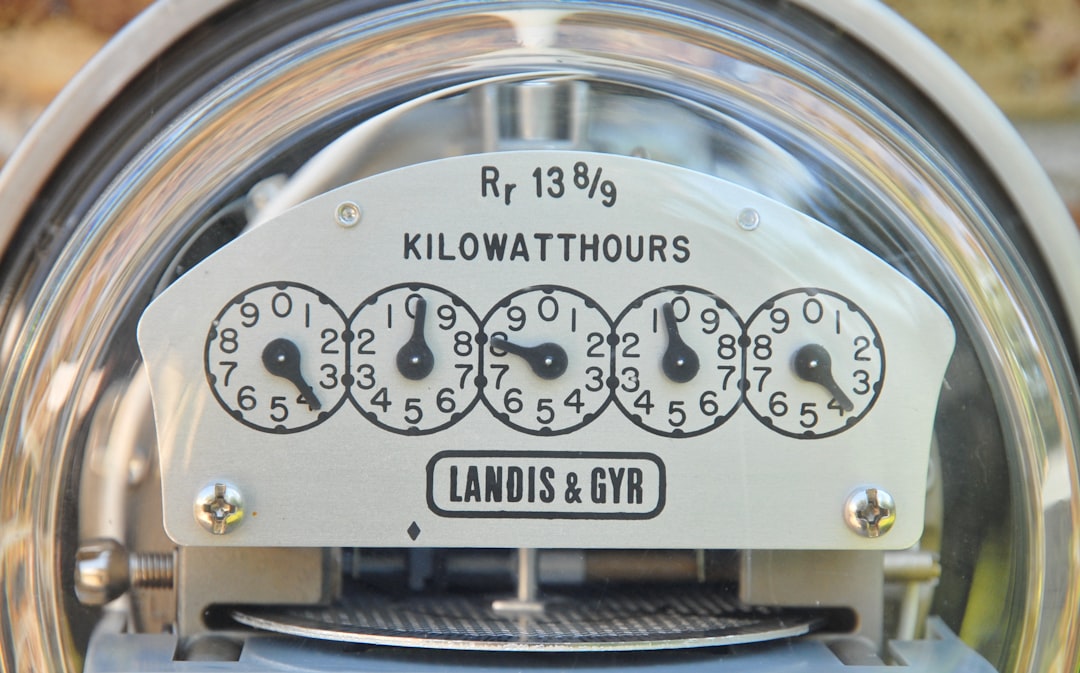Most people don’t think about their home thermostat until it’s too late and they’re shivering in the middle of winter or sweating bullets in the middle of summer. While most homeowners take the home thermostat for granted, if you don’t have one that’s working properly, you could be in for a long, uncomfortable season. Before it gets to that point, it is best to pay attention to your thermostat and change it out before you encounter a problem.
Your home thermostat is responsible for regulating the temperature inside your home. It does this by either sending a message for heat during the winter or calling for air during the summer. The thermostat is also responsible for turning your home’s heating and cooling systems on and off. As the director of the show, your thermostat is the brain behind your cooling and heating operations. As a result, you need to be aware of signs that your thermostat is wearing out. Let’s take a look at how to know if you need a new thermostat.
Age and Condition of Current Thermostat

If you are unsure whether or not you need a new thermostat, the first thing to consider is your current thermostat’s age, make, and model. If your thermostat is more than 10 years old, it may be time to upgrade. As your thermostat ages, it will slowly begin to fail, and stop reading your indoor temperature accurately. If your thermostat is a model that is no longer being manufactured, it is also likely time for an upgrade.
Finally, if your thermostat is not a programmable model, it is worth considering a new thermostat that can help you save energy and money. A programmable thermostat can save you up to 30% on your energy bills, so it is definitely worth considering if you are looking to save money.
Increased Energy Bills

In order to determine if you need a new thermostat, you first need to check your energy bills for inconsistencies. In general, your HVAC usage can account for around 12 percent of your annual energy bills. Based on your location and seasonal changes, you may notice annual changes in your energy usage and bills. If your energy bills have been steadily increasing without changing your lifestyle or habits, you may have a problem with your thermostat.
As discussed, the thermostat is the control center for your heating and cooling system, and it’s important to make sure that it is calibrated correctly and working properly. If the wiring or internal thermometer in your thermostat begins to go bad, your device could send incorrect signals to your HVAC unit. This would cause your system to run more frequently or for longer periods of time and impact your energy usage.
Temperature Inconsistencies
If you’re constantly uncomfortable in certain areas of your home, this could be due to the fact that your thermostat is not working properly. A malfunctioning thermostat will not be able to regulate the temperature in your home as well. If the sensors or thermometer in your device are wearing out, the temperature in your home won’t be read properly. As a result, you may notice that you have to adjust your thermostat more frequently to engage the heat or air. A new thermostat can make all the difference. Not only will it ensure that the temperature is comfortable, but it can also save you money on your energy bill.
Your thermostat regulates the temperature in your home all season long. As a result, you’ll want to ensure that your device is working correctly. If you have an older thermostat or notice inconsistencies with indoor temperatures or energy usage, it could mean that you need a new device. You can contact a qualified HVAC technician to help diagnose any thermostat issues and offer suggestions for a replacement.





